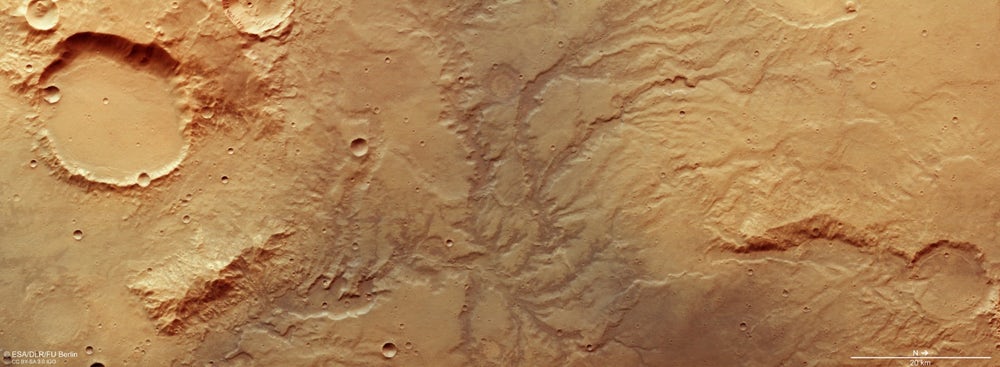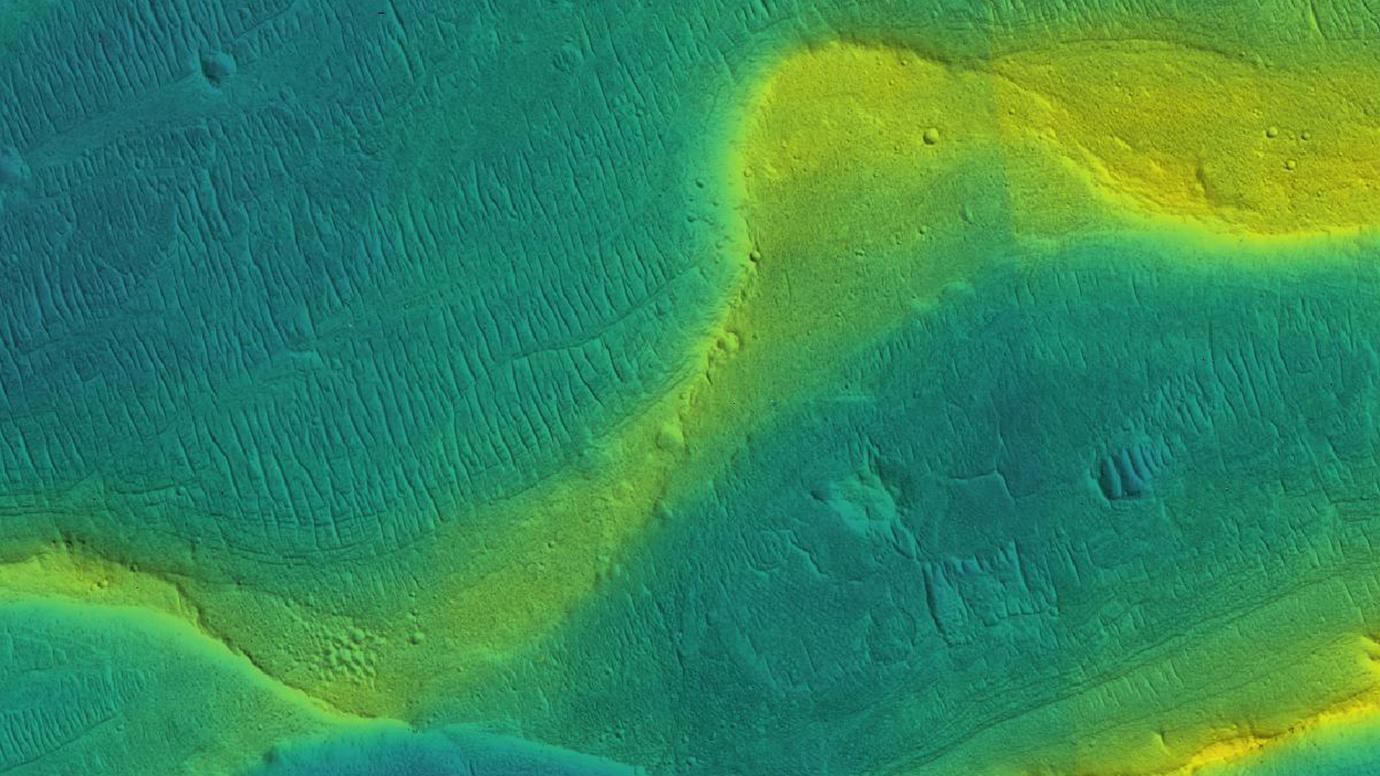The ancient climate of Mars is a mystery to scientists. Even with all we’ve learned about Mars, it’s still difficult to explain how lakes and rivers existed. A new study shows that Martian rivers were swollen with runoff and that they flowed far later into the planet’s history than previously thought.
The question is, how did the Martian climate create these conditions?
The new study comes from researchers at the University of Chicago and other institutions, including the USGS Astrogeology Program, the Imperial College of London, and the Smithsonian Institution. It’s titled “Persistence of intense, climate-driven runoff late in Mars history” and was published in Science Advances. The lead author is U of Chicago Assistant Professor Edwin Kite. Kite is an expert in Martian history and in the climates of other worlds.
Study lead author Edwin Kite, University of Chicago.
“It’s already hard to explain rivers or lakes based on the information we have. This makes a difficult problem even more difficult.”
As spacecraft have revealed, water channels are not rare on Mars. There are hundreds of old river channels on the surface of the planet, alongside other evidence of water. There are basins full of silt, and pebbles worn round from tumbling in the water. One line of inquiry even suggests that Mars may have had a large ocean, possibly covering as much as one third of the planet.

This new study shows that there were hundreds of rivers on Mars, and that they were wider than rivers on Earth. It also shows that the rivers were fed by run-off, and that they persisted for much longer than previously thought. But we still don’t know why Mars had water.
The Martian atmosphere is extremely thin, though evidence shows it must have been much thicker in the ancient past. But in the ancient past, in the early days of our Solar System, Mars would have received a lot less energy from the Sun than it does now. It may have only have received one-third the energy that the Earth does in present day.
Edwin Kite, University of Chicago.
“Indeed, even on ancient Mars, when it was wet enough for rivers some of the time, the rest of the data looks like Mars was extremely cold and dry most of the time.”
There’s conflicting data when it comes to water on ancient Mars. Some evidence shows it was warm enough for liquid water, but only some of the time. The rest of the time, it was cold and dry. How does all this make sense?

In this study, Kite and his colleagues analyzed over 200 Martian riverbeds spanning a timeline greater than a billion years. They focused on photographs and elevation models, and the detail in the riverbeds provide a lot of clues about the rivers and the climate that created them. According to a press release, the steepness and the width of the riverbeds, and the size of the pebbles in them, reveal a lot about the force of the water flowing through them. The amount of gravel left behind also gives a clue to the volume of water.
The results of the analysis show that there was persistent and powerful run-off fuelling the rivers, well into the last stage of Mars’ wet climate. Intuition tells us that river flow would taper off leading up the end of the wet climate, but that’s not what the evidence shows. The rivers got shorter as the end of the wet climate approached, the their flow was still strong.
“You would expect them to wane gradually over time, but that’s not what we see,” Kite said. “The wettest day of the year is still very wet.”
This study doesn’t explain what happened to the Martian climate, and its water, but it puts some constraints on what happened. The rivers were large and flowed continuously, not just during what’s termed “climate high noon.” Scientists modelling the ancient Martian climate need to account for that. The average daily temperature had to be high enough to keep water in liquid form.
Lead author Kite speculated that the climate may have had some sort of intermittent on/off switch, which made Mars flip back and forth between wet and dry times.
But somewhere in our understanding of Mars, we’ve got something wrong.
“Our work answers some existing questions but raises a new one. Which is wrong: the climate models, the atmosphere evolution models, or our basic understanding of inner solar system chronology?” Kite said.
There may have been strong positive feedbacks in Mars early climate system. In their paper, the authors suggest that methane may have been released from clathrate hydrates as they thawed. Along with other feedbacks, this may have contributed to the Martian climate, and contributed to the difficulty in modelling the ancient Martian climate.
For now, the ancient raging Martian rivers are a mystery, much like most of the rest of Mars.
Sources:
- Press Release: Rivers raged on Mars late into its history
- Research Paper: Persistence of intense, climate-driven runoff late in Mars history
- Press Release: Rain or snow likely formed Martian rivers

